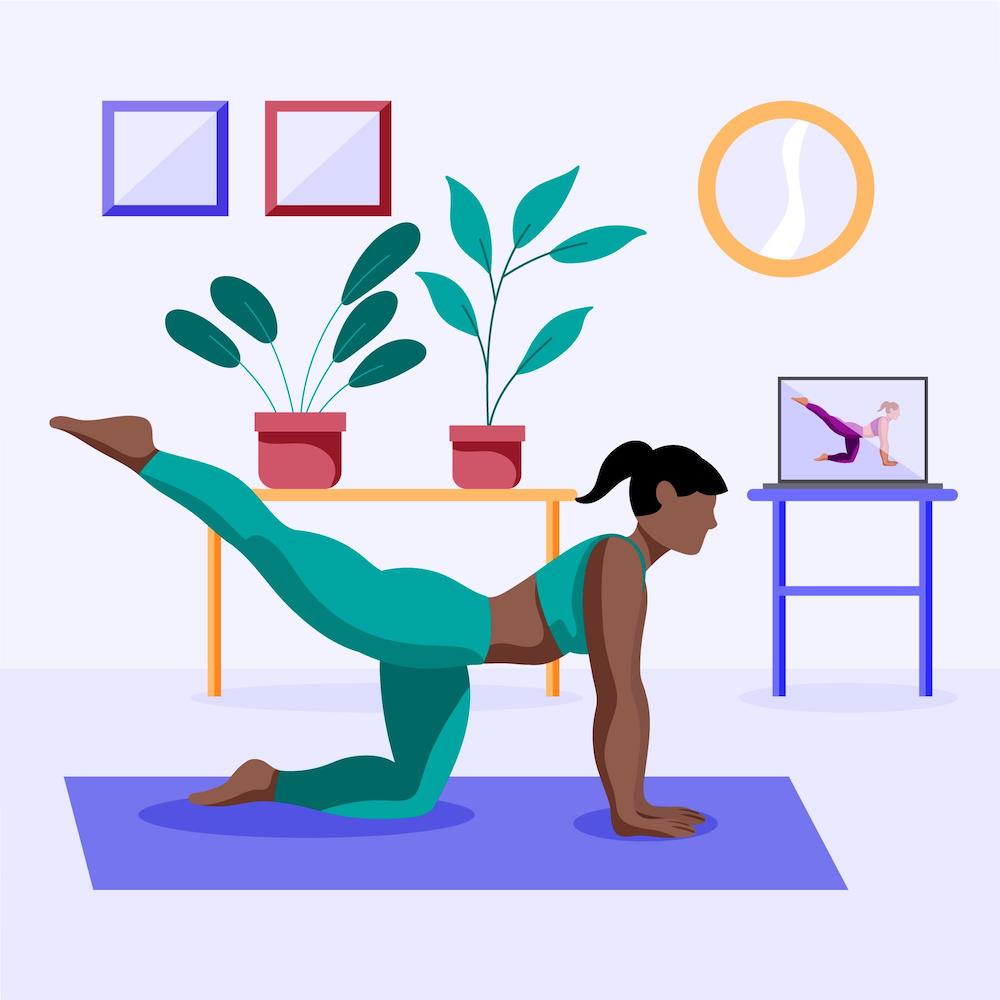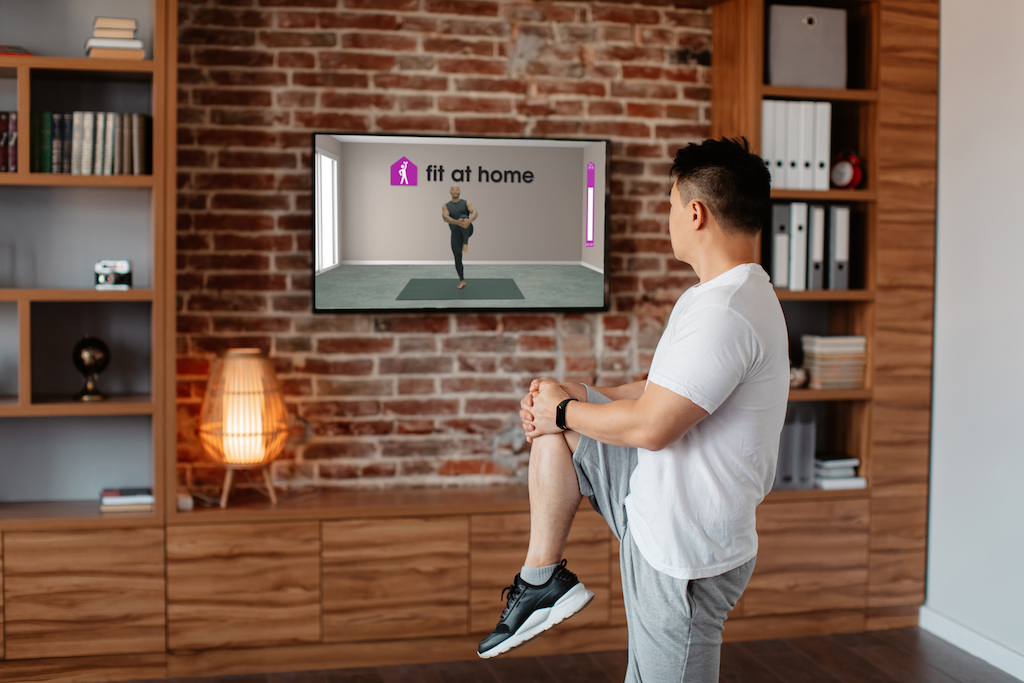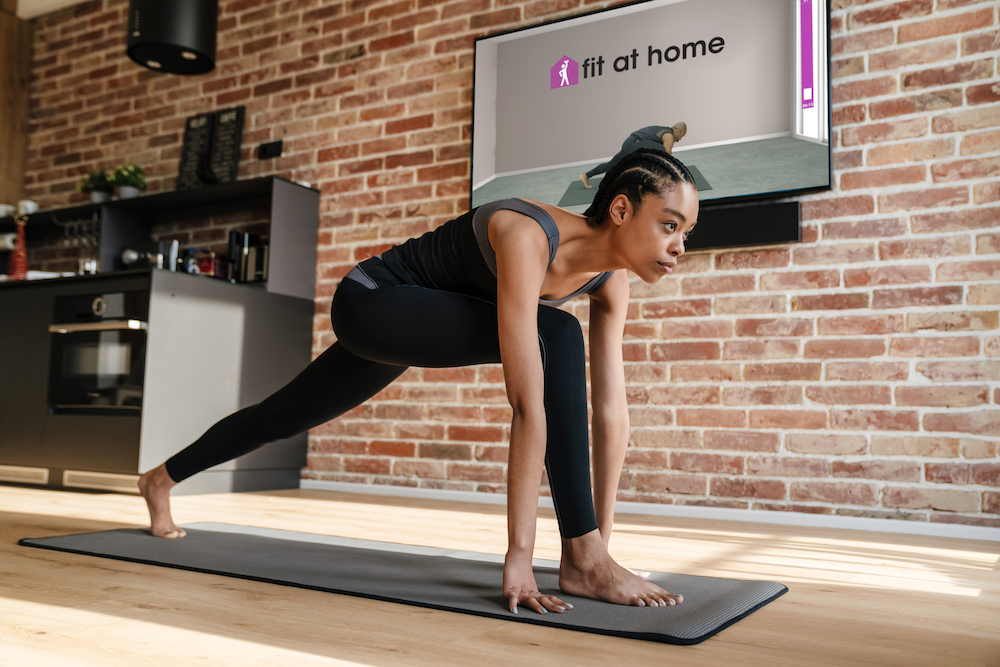In a world where fitness trends come and go, Pilates has remained a consistent and effective exercise regimen for improving strength, flexibility, and overall well-being. Developed by Joseph Pilates in the early 20th century, this low-impact exercise method has gained popularity worldwide for its ability to transform the body from the inside out. We will explore the numerous benefits of Pilates and answer the question: What does Pilates do for your body?

The benefits of Pilates
Pilates is a highly effective exercise method that offers a wide range of physical and mental benefits. Whether you’re a fitness enthusiast or a beginner, Pilates can be a valuable addition to your wellness routine. Here are some of the key benefits of practicing Pilates:
Core strength and stability
Pilates is renowned for its exceptional ability to build core strength and stability. The core muscles, which include the abdominals, lower back, and pelvic floor, are the foundation of your body’s strength. By performing a series of controlled and precise movements, Pilates targets these muscles, helping you develop a strong and stable core. A robust core not only supports your spine but also improves posture, reducing the risk of back pain.
Enhanced flexibility
Flexibility is a key component of overall fitness, and Pilates excels in enhancing it. Through a combination of stretching exercises and fluid movements, Pilates helps to lengthen and strengthen muscles, allowing for improved joint mobility. Increased flexibility can reduce the risk of injury, improve athletic performance, and make everyday activities easier and more comfortable.
Improved posture
In today’s tech-driven world, poor posture is a common problem due to prolonged hours spent sitting at desks or hunching over smartphones. Pilates can help correct these postural imbalances by strengthening the muscles responsible for maintaining an upright posture. As your core becomes stronger and more supportive, you’ll naturally find yourself standing taller and feeling more confident.
Muscle tone and definition
Many people turn to Pilates for its ability to sculpt and tone muscles. Unlike high-impact workouts that can bulk up muscles, Pilates emphasizes long, lean muscle development. By targeting specific muscle groups and promoting balanced muscle engagement, Pilates helps you achieve a toned and defined physique without excess bulk.
Mind-body connection
Pilates places a strong emphasis on the mind-body connection. Each exercise requires focused concentration and controlled breathing, promoting mindfulness and relaxation. This mental component can reduce stress, improve mental clarity, and enhance overall well-being.
Injury rehabilitation
Pilates is often recommended as part of a rehabilitation program for individuals recovering from injuries or surgery. Its low-impact nature makes it suitable for people of all fitness levels, and the controlled movements can help rebuild strength and mobility in a safe and supportive manner.
Increased circulation
The rhythmic breathing and flowing movements in Pilates enhance blood circulation throughout the body. Improved circulation can lead to better oxygen and nutrient delivery to cells, aiding in recovery and overall vitality.
Stress reduction
Incorporating Pilates into your routine can help reduce stress and anxiety. The focus on controlled breathing and mindful movement can calm the nervous system and promote relaxation, leaving you feeling refreshed and rejuvenated after each session.
The most effective Pilates exercises
Pilates is a versatile exercise method that offers a wide range of exercises to target different muscle groups and fitness goals. The effectiveness of Pilates exercises can vary depending on individual needs and preferences. However, here are some of the most effective Pilates exercises that can provide comprehensive benefits for strength, flexibility, and overall fitness:

- The hundred: This exercise is an excellent warm-up and core-strengthening move. It involves lying on your back, lifting your legs off the ground, and pumping your arms up and down while engaging your core muscles.
- Roll-up: The roll-up is a classic Pilates move that challenges your core and promotes spinal flexibility. It involves lying on your back, extending your arms overhead, and gradually rolling up to a seated position.
- Single leg circles: This exercise improves hip mobility and strengthens the core and hip flexors. Lie on your back, raise one leg, and draw circles in the air with your foot while keeping the other leg stable.
- The saw: The saw is a seated exercise that enhances spinal rotation and stretches the hamstrings. It involves sitting with your legs apart, twisting your torso, and reaching your opposite hand towards your opposite foot.
- Plank: Pilates incorporates variations of the plank exercise to strengthen the core, shoulders, and back. You can perform a forearm plank or a straight-arm plank to challenge different muscle groups.
- Side-lying leg lifts: This exercise targets the outer thigh and hip muscles. Lie on your side and lift your top leg while keeping it straight and engaging your core for stability.
- Bridging: Bridging strengthens the glutes, hamstrings, and lower back while also engaging the core. Lie on your back, bend your knees, and lift your hips off the ground, creating a bridge-like position.
- Swan dive: This exercise enhances spinal extension and strengthens the back muscles. Lie face down with your arms extended in front of you, and then lift your chest and legs off the ground while keeping your arms reaching forward.
- Corkscrew: This exercise challenges core stability and spinal mobility. Lie on your back, lift your legs vertically, and draw controlled circles in the air with your legs.
- Single-leg teaser: A variation of the teaser, this exercise intensifies the challenge by lifting one leg while performing the movement.
Remember that Pilates is about precision and control, so it’s essential to perform these exercises with proper form and alignment. If you’re new to Pilates, consider taking classes with a certified instructor to ensure you’re using the correct techniques and getting the most out of these effective exercises. Additionally, you can modify exercises to suit your fitness level and gradually progress as you become more comfortable and stronger.

Pilates & Fit
These Pilates & Fit workouts will improve your balance, flexibility, strength and coördination, while also releasing stress and help your concentration to keep your body & mind in great condition.
Fit at Home is your NUMBER ONE fitness app for the whole family. With more than 500 workouts like, Bodyweight & Fit, Pregnant & Fit, Dumbbell & Fit and more! With Fit at Home you can achieve your fitness goals. Whether you want to lose weight, let your kids exercise more often, stay fit during your pregnancy etc.
Transform your TV into your personal gym!

Combine Pilates with home workouts
Combining Pilates with other home workouts can create a well-rounded fitness routine that addresses different aspects of strength, flexibility, cardio, and more. Here’s a guide on how to effectively blend Pilates with various types of workouts:
1. Cardiovascular workouts:
- Incorporate cardio exercises like running, cycling, jump rope, or high-intensity interval training (HIIT) into your routine.
- Alternate between cardio and Pilates sessions on different days to balance cardiovascular fitness and muscle conditioning.
2. Strength training:
- Integrate strength training exercises such as weightlifting, bodyweight exercises, or resistance band workouts.
- Focus on compound movements like squats, deadlifts, push-ups, and pull-ups to complement Pilates core work.
3. Yoga and stretching:
- Combine Pilates with yoga or stretching sessions to enhance flexibility, balance, and relaxation.
- Alternate between dynamic Pilates moves and yoga poses to create a dynamic and soothing workout routine.
4. Barre workouts:
- Barre workouts combine elements of Pilates, ballet, and strength training.
- Include barre exercises that engage small muscle groups while combining them with Pilates core exercises for a comprehensive routine.
6. Functional training:
- Incorporate functional movements like lunges, twists, and rotational exercises.
- Use Pilates principles to enhance control and stability during these movements.
7. Mind-body fusion:
- Combine Pilates with mindfulness practices such as meditation and deep breathing exercises.
- Start or end your workouts with a few minutes of focused breathing or meditation to promote mental well-being.
Incorporate these tips:
Listen to your body:
- Pay attention to how your body responds to the combination of workouts. Adjust the intensity and frequency based on your energy levels and recovery needs.
Recovery and rest:
- Allocate rest and recovery days in your routine to allow your body to recuperate from intense workouts.
Set goals and track progress:
- Establish clear fitness goals for each aspect of your combined workout routine. Regularly assess your progress and adjust your workouts accordingly.
Combining Pilates with other workouts can provide a holistic approach to fitness that enhances strength, flexibility, cardiovascular health, and overall well-being. Customizing your routine to suit your preferences and fitness goals will help you achieve a balanced and effective workout regimen.